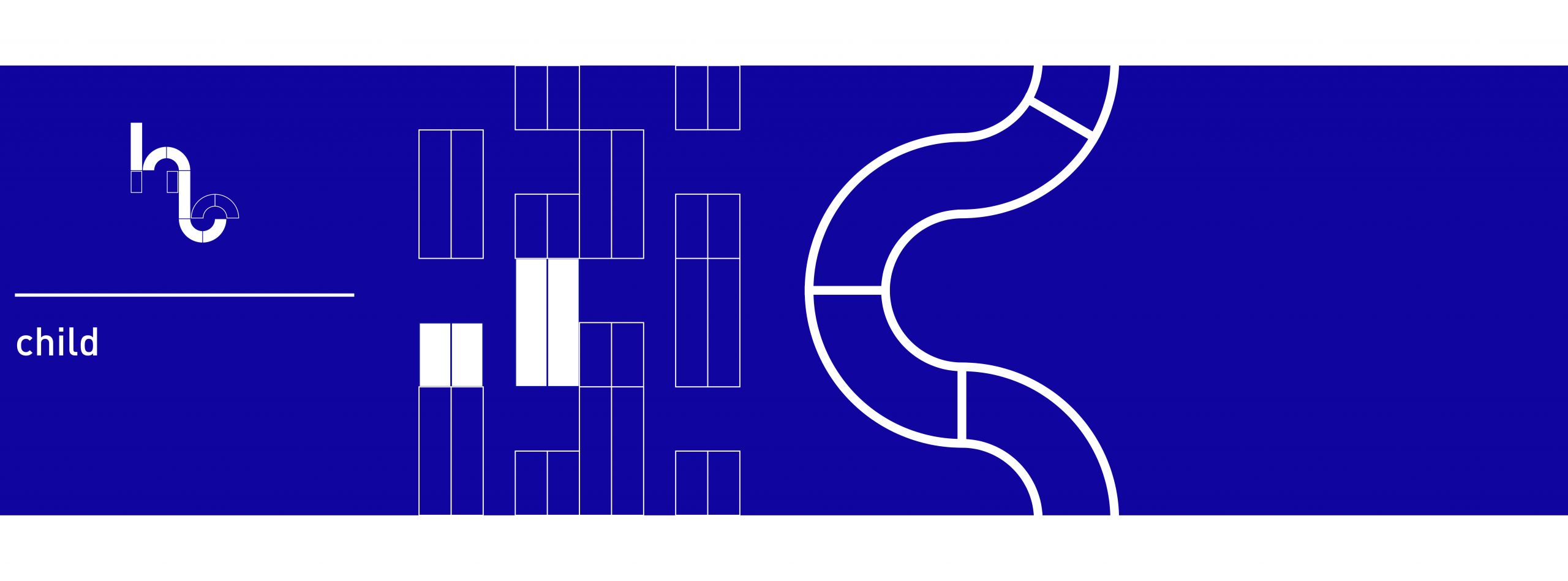2018: Personality development through positive disintegration: the work of Kazimierz Dabrowski
Are crises an essential component of healthy personality development? In his Theory of Positive Disintegration, Polish psychiatrist and psychologist Dr. Kazimierz Dabrowski (1902-1980) proposed an approach to personality development in which crises are not only necessary but fundamental in creating opportunities for individual development. Crises force our focus inward, leading us to challenge our established beliefs, roles and routines.

